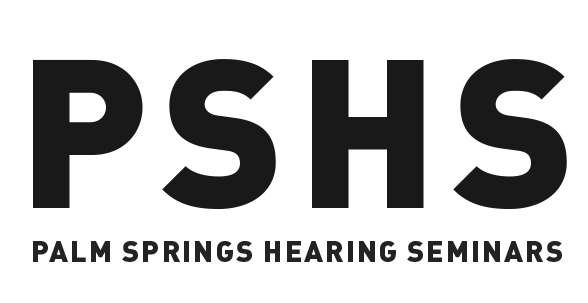Neuro-Rehab(ilitation) Provided by Hearing Aids
December 1-2 2017
This year’s topic will focus on the technology that hearing aids utilize to help people with hearing loss. Dynamic wideband compressions, adaptable directional microphones, noise suppression algorithms, and even Bluetooth technologies included in modern digital hearing aids are used to compensate for changes in hearing acuity caused by hearing loss. We have invited excellent speakers who will describe the way the brain interprets complex speech signals, the effects of sensorineural hearing loss on these processes, and the current and future technologies that hearing aids utilize to address these changes. Participants will also be able to gain first-hand experience the latest technologies through breakout sessions.
The list of this year’s speakers include:
Basic Science of Hearing and Hearing Loss
M. Charles Liberman , Harvard Medical School: Neural Coding of Speech, Hidden Hearing Loss
Linda Hood, Vanderbilt University: Auditory Neuropathy
Clinical Science of Hearing Loss
Mathew Fitzgerald, Stanford University: Relating the Ability to Understand Speech in Noise with Perceived Communication Abilities and Auditory Pathologies
Arthur Boothroyd, San Diego State University: Effects of Noise on Listening
Kathryn H. Arehart, University of Colorado: Predicting Intelligibility and Sound Quality for Noisy Speech Processed By Hearing Aids
Joshua Alexander, Purdue University: The Trials and Tribulations of using Wide Dynamic Range Compression to Amplify Speech
Current and Future Hearing Aid Technology
Malcolm Stanley, Google Inc: Understanding All the World’s Sounds at Google
Don Schum, Oticon: Current Approaches to the Speech in Noise Problem
Jeff Crukley, Starkey: Benefits of Hearing Aids on Cognitive Decline
